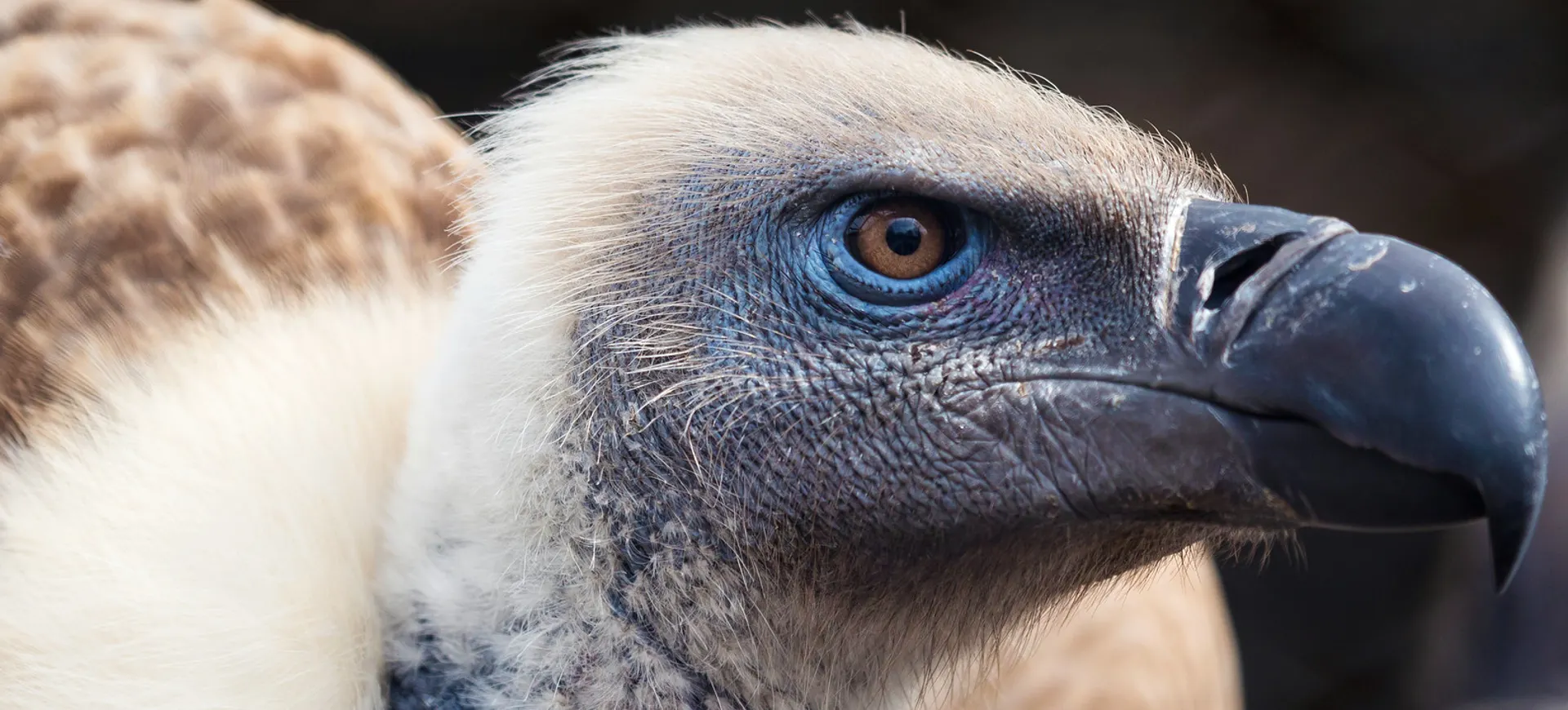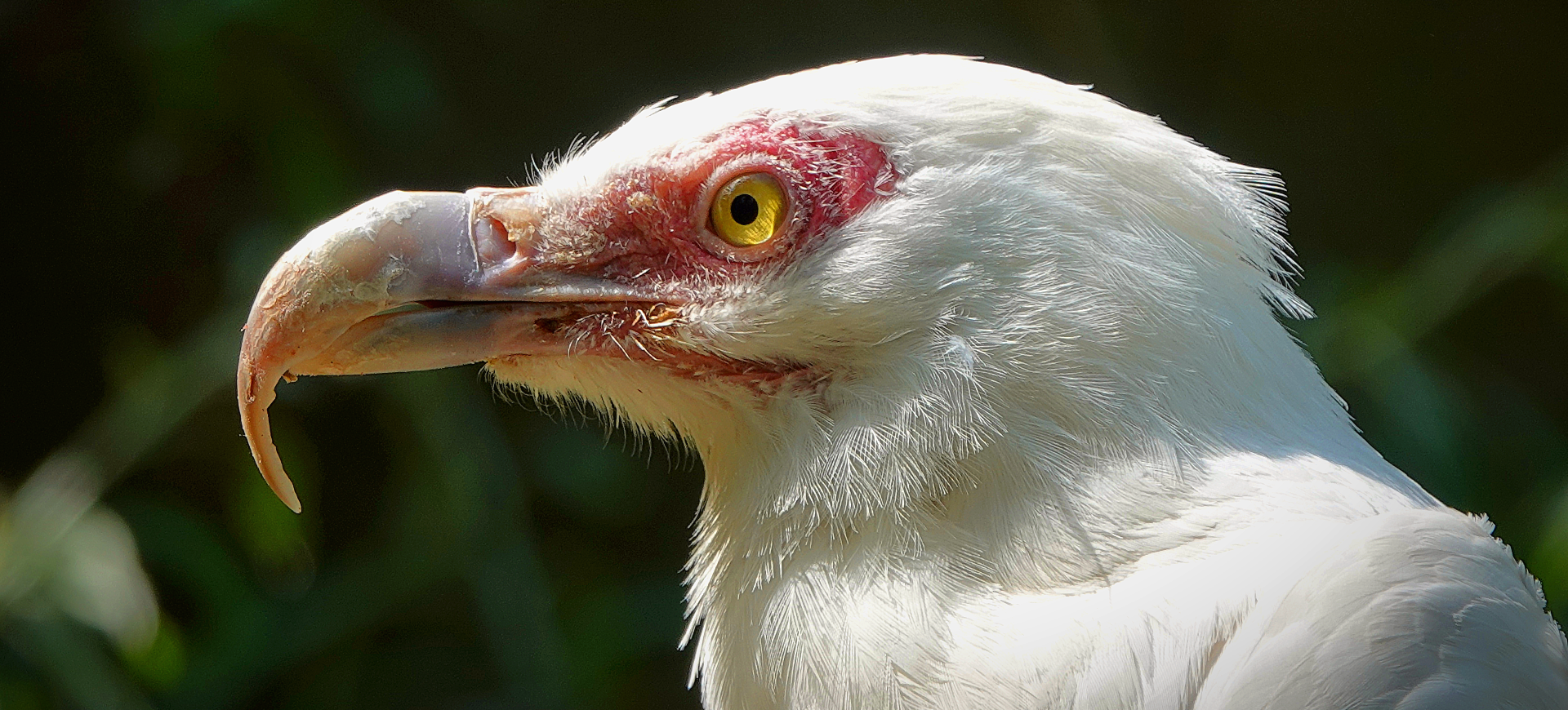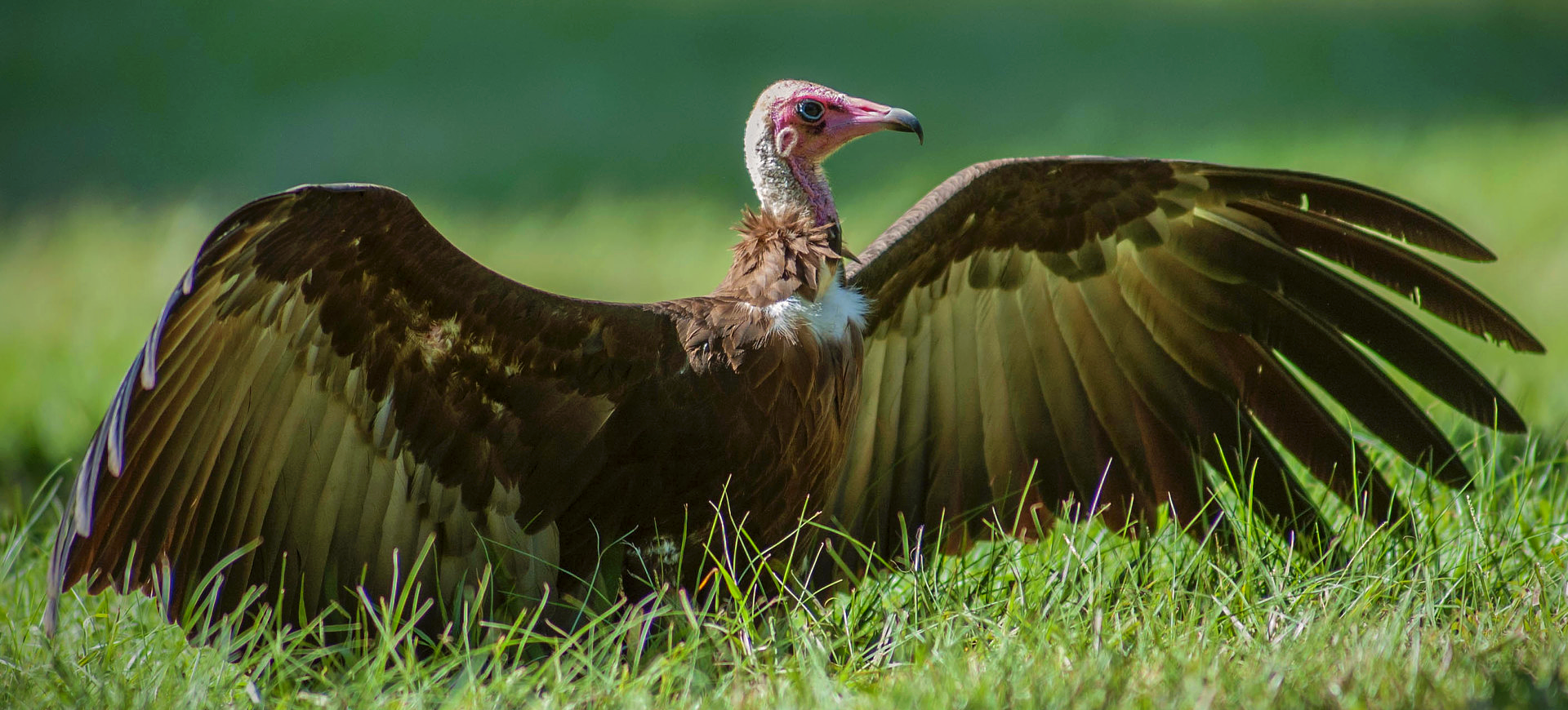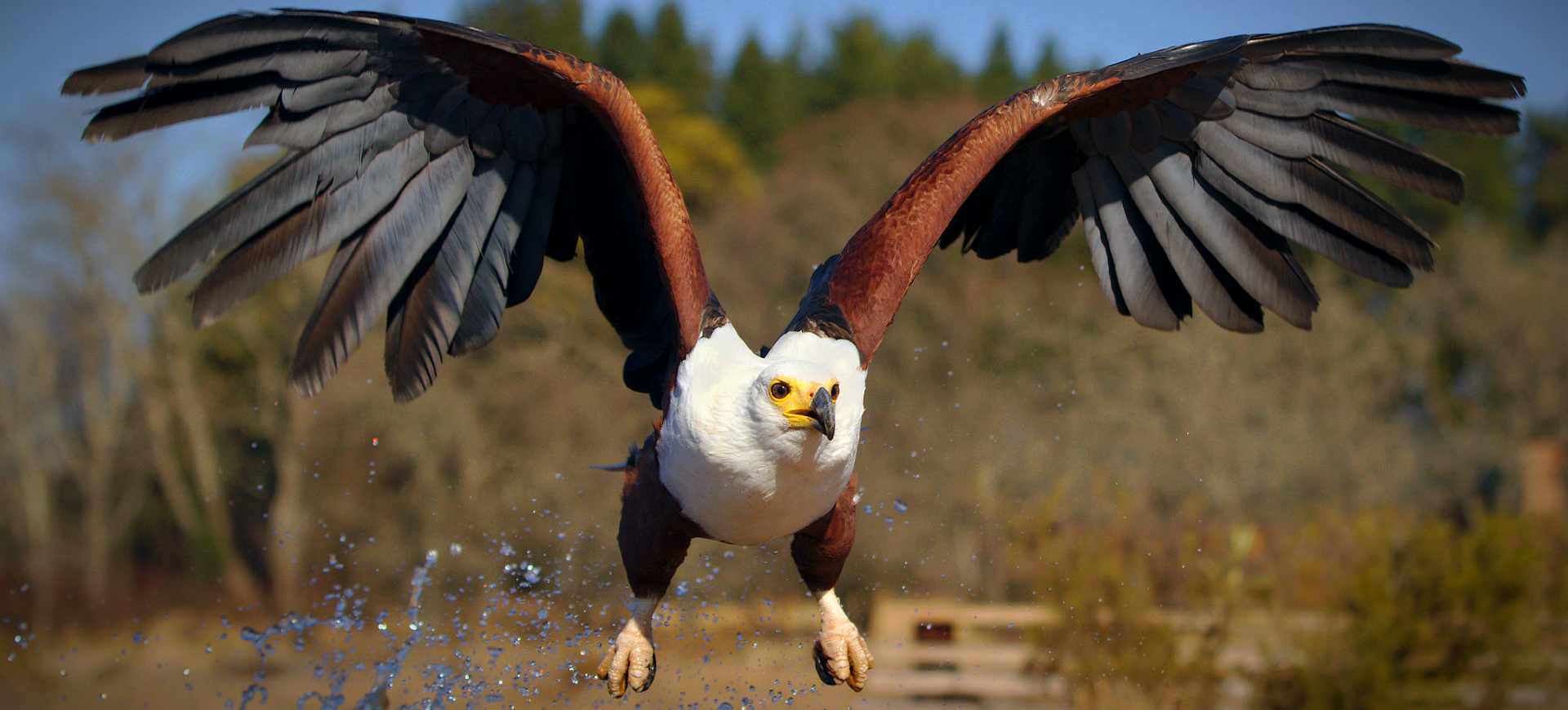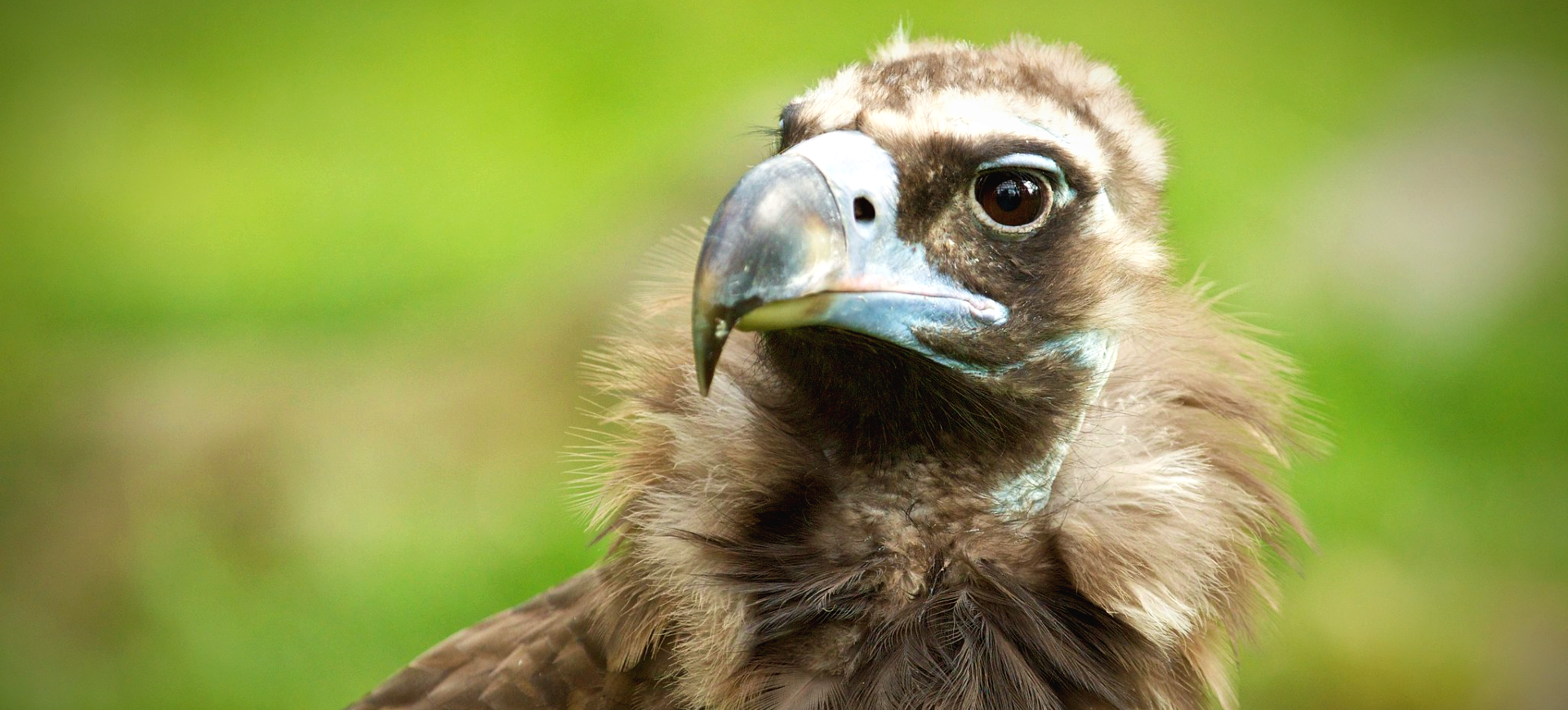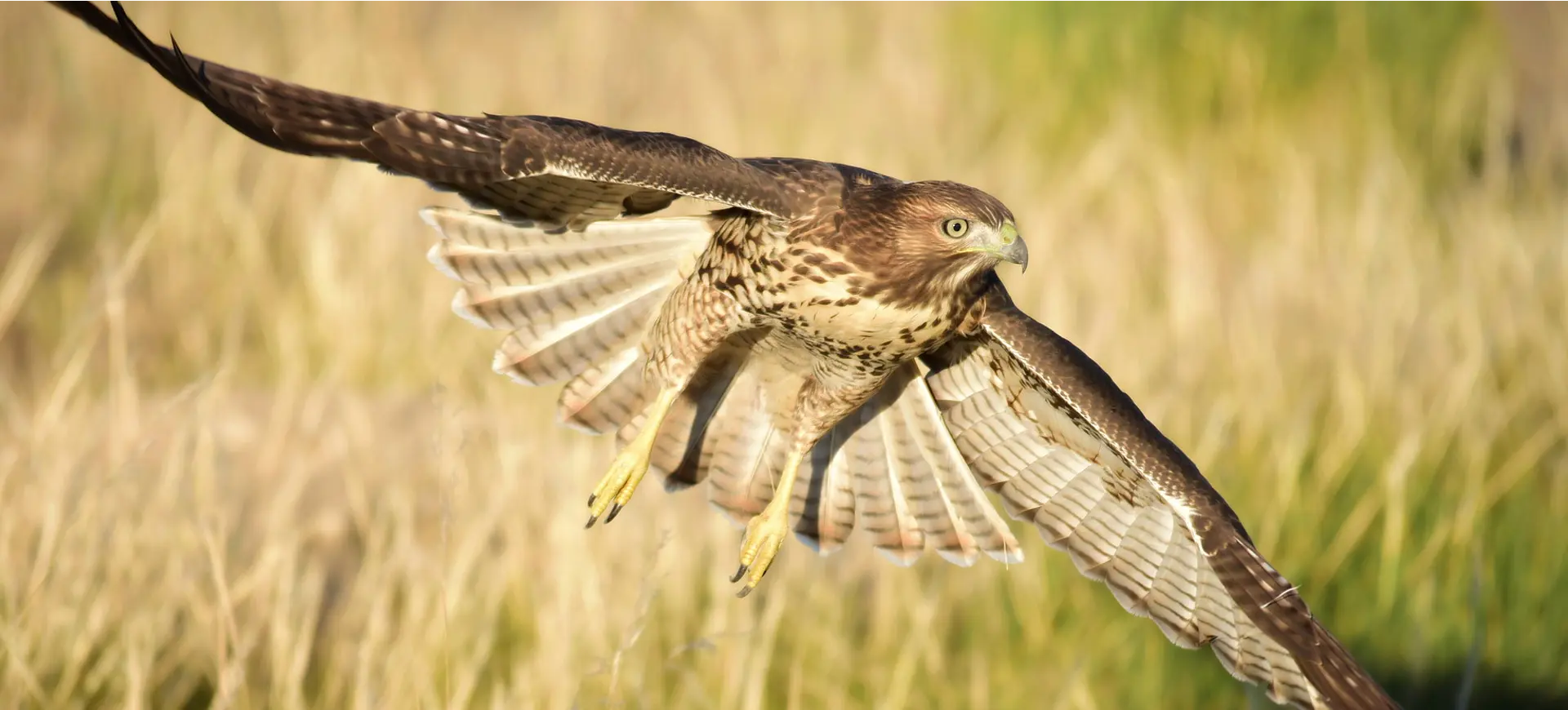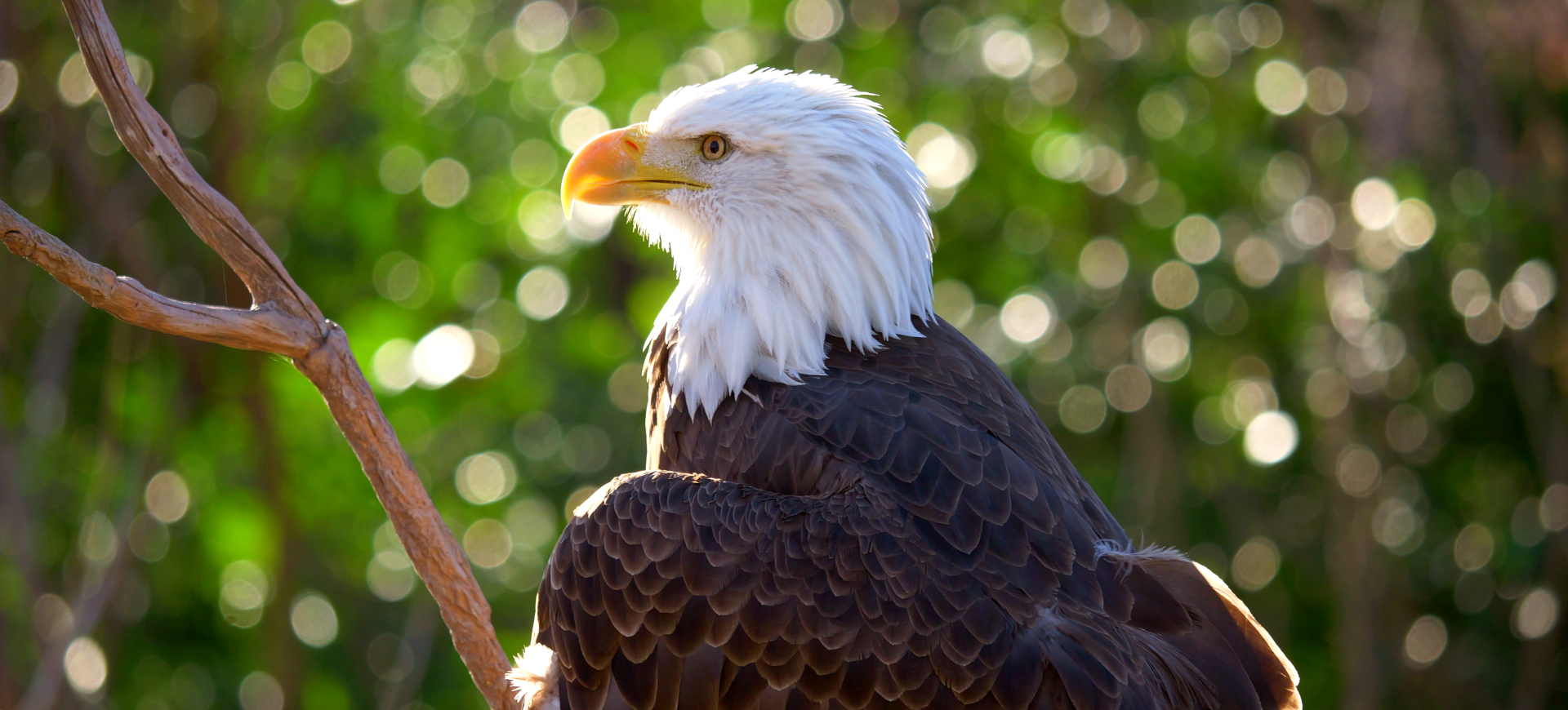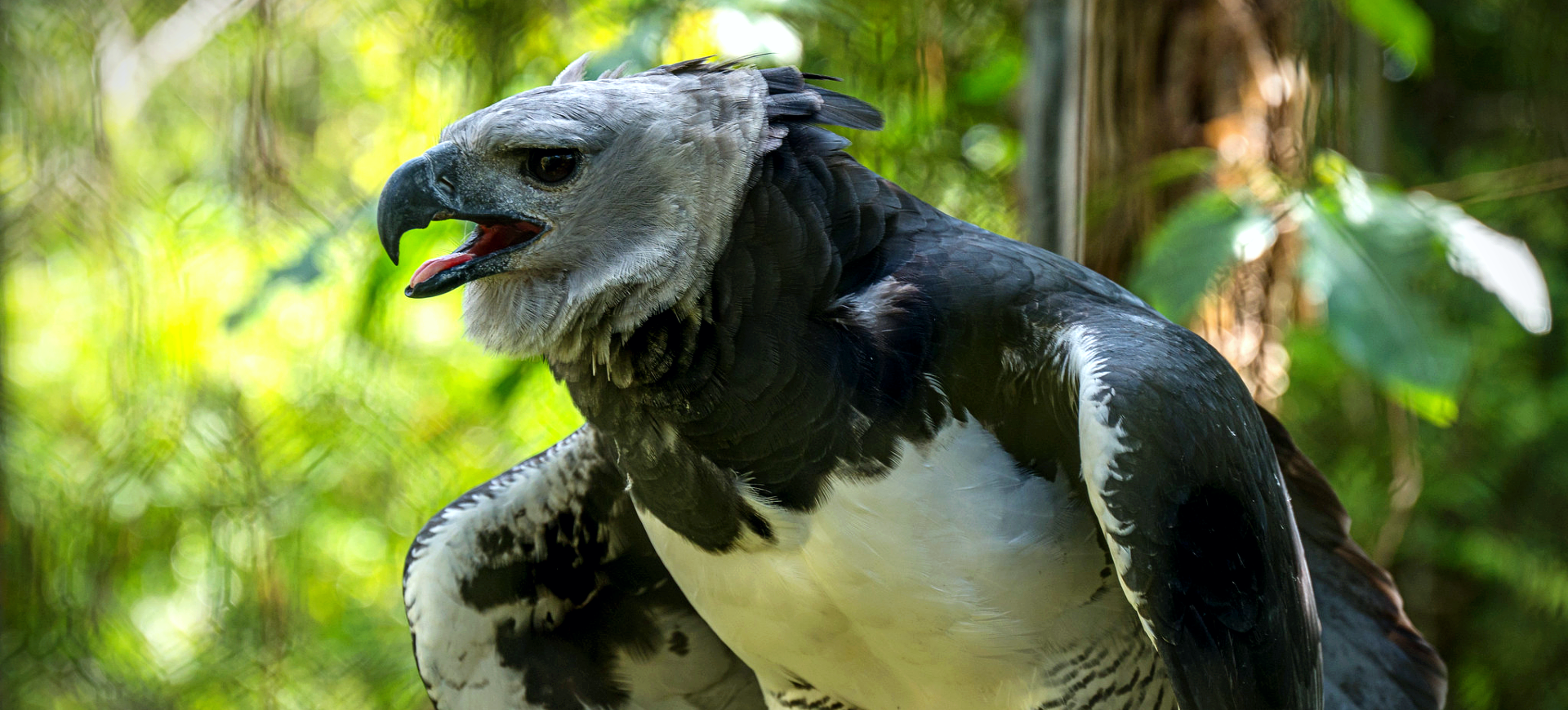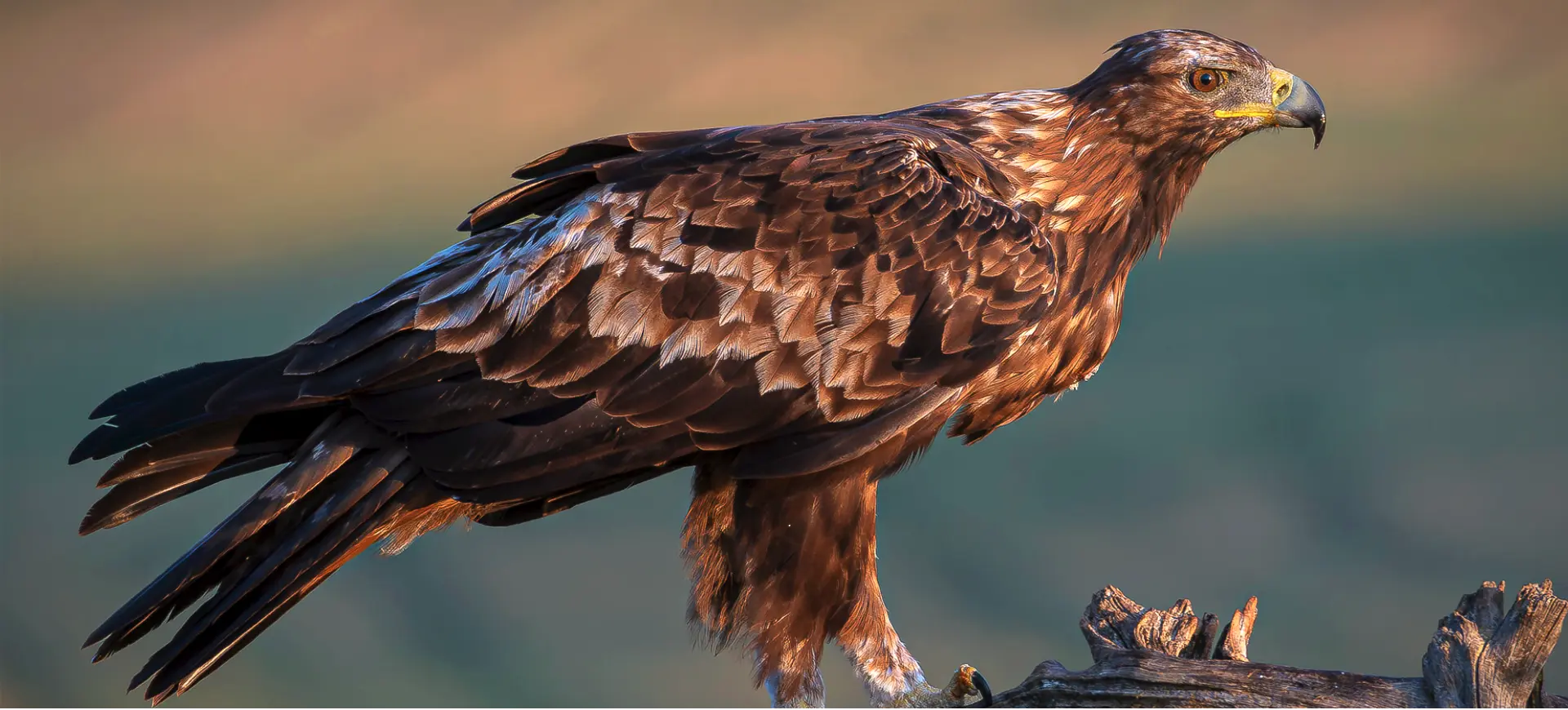Overview
The Crowned Eagle (Stephanoaetus coronatus), also known as the African Crowned Eagle or the Crowned Hawk-Eagle, is a powerful and majestic bird of prey in sub-Saharan Africa. Recognized as one of the continent’s most formidable avian predators, it is known for its striking appearance, characterized by a prominent crest of feathers on its head that resembles a crown. The adult plumage is primarily dark brown, with a paler belly and a distinctive black, white, and chestnut color pattern on the wings and tail. The bird’s legs are long and powerful, with large paws adapted for hunting.
Inhabiting densely forested areas, the Crowned Eagle is adept at maneuvering through trees and is often seen soaring above the canopy. It preys mainly on mammals, including monkeys, small antelopes, and other medium-sized animals, demonstrating remarkable hunting prowess. The eagle is known for its loud, ringing call, often heard echoing through its forest habitat.
The Crowned Eagle holds a significant place in the cultural folklore of many African communities and is admired for its strength and beauty. While not currently classified as endangered, it faces habitat loss and fragmentation threats, making conservation efforts important for its continued survival.
Taxonomy
Kingdom
Phylum
Class
Order
Family
Genus
Species
Type
Physical Description:
The Crowned Eagle is a large and robust bird, measuring about 80-99 cm in length and boasting a wingspan of approximately 180-210 cm. Its body is powerfully built and suited for hunting and capturing large prey. Adults exhibit a distinctive crested head with long feathers that form a prominent ‘crown.’ Their plumage is primarily dark brown, with lighter brown or chestnut on the head and neck and a barred pattern of black, white, and chestnut on the wings and tail.
The bird’s beak is strong and hooked, typical of raptors, and its eyes are sharp and penetrating. Its legs are long and muscular, ending in large, powerful talons for seizing and killing prey. The sexes are similar in appearance, though females are generally larger than males. Juveniles have a more mottled appearance and lack the full crown of adults.

Lifespan: Wild: ~10 Years || Captivity: ~20 Years

Weight: Male: 6.6-7.7 lbs (3-3.5 kg) || Female: 7.7-10.4 lbs (3.5-4.7 kg)

Length: Male & Female: 31.5-39 inches (80-99 cm)

Height: Male & Female: 31-39 inches (80-99 cm)

Wingspan: Male & Female: 71-83 inches (180-210 cm)

Top Speed: 100 mph (160 km/h)
Native Habitat:
The Crowned Eagle is native to sub-Saharan Africa, inhabiting dense forests, including rainforests, riverine forests, and forest-savanna mosaics. It requires large tracts of forested habitat for hunting and nesting and is typically found in areas with a rich abundance of prey.
These eagles build their nests in tall trees, often at great heights, where they lay and incubate their eggs. Preserving their forest habitats is crucial for survival, as habitat loss and fragmentation are the primary threats to their population.
Climate Zones:
Biomes:
Biogeographical Realms:
Continents:
Countries:
Diet:
Diet & Feeding Habits:
The Crowned Eagle is a carnivorous and skilled hunter, primarily preying on medium-sized mammals. Its diet typically includes monkeys, small antelopes, rodents, and occasionally birds and large lizards. This eagle is known for its hunting strategy involving swift and powerful strikes from flight, using its sharp talons to capture and kill prey.
Crowned Eagles often hunt by perching in a high tree and scanning the ground for prey or flying low through the forest to ambush animals. They can take prey up to twice their body weight, showcasing their incredible strength and agility. Their role as apex predators helps maintain the ecological balance in their forest habitats.
Mating Behavior:
Mating Description:
Crowned Eagles are monogamous, typically forming long-term pair bonds. Their courtship involves dramatic aerial displays, with both pair members engaging in soaring, diving, and calling. Nesting sites are usually high in large trees, where they build large nests of sticks and vegetation.
The female usually lays 1-2 eggs, which are incubated for about 48-50 days. Both parents share incubation duties and care for the chicks. The young eagles fledge at about 90-125 days but may remain dependent on their parents for several months. The low reproductive rate and the need for large, undisturbed territories make their breeding success vulnerable to habitat disturbance.
Reproduction Season:
Birth Type:
Pregnancy Duration:
Female Name:
Male Name:
Baby Name:
Social Structure Description:
Crowned Eagles are generally solitary or found in pairs, particularly during the breeding season. They are territorial, with pairs defending large territories against other eagles. Their social interactions primarily occur between mated pairs and parents and their offspring.
Understanding their social structure is important for conservation, as it influences their space requirements and behavior. The strong pair bonds and extended parental care are key aspects of their biology, impacting their reproductive success and population dynamics.
Groups:
Conservation Status:
Population Trend:
The Crowned Eagle is classified as Near Threatened by the IUCN, with its population believed to be decreasing. The primary threats to the species include habitat loss and fragmentation due to deforestation for agriculture and human settlement. In some areas, they are also threatened by persecution, as they are occasionally seen as threatening livestock.
Conservation efforts are focused on preserving and restoring their forest habitats and mitigating human-wildlife conflict. The species’ requirement for large territories and undisturbed forest areas makes comprehensive habitat conservation crucial for their survival.
Population Threats:
The main threats facing the Crowned Eagle include habitat loss and fragmentation due to deforestation for timber, agriculture, and urban development. They are also susceptible to persecution, particularly when they conflict with humans over livestock. Using pesticides and other chemicals in their habitats can lead to secondary poisoning.
As top predators, Crowned Eagles are also vulnerable to changes in prey populations and habitat quality. Their slow reproductive rate means population recovery can be slow, making them particularly susceptible to sustained pressures.
Conservation Efforts:
Conservation efforts for the Crowned Eagle include habitat protection and restoration, particularly in critical forested areas. Efforts to establish and maintain protected areas and sustainable land-use practices outside protected regions are crucial. Education and outreach programs can help mitigate human-wildlife conflict by promoting coexistence and understanding of the species’ ecological role.
Research and monitoring are important for understanding the eagle’s ecology, population trends, and threats, guiding effective conservation strategies. International cooperation is also vital, as the eagle’s range spans numerous countries with varying conservation policies and capacities.
Additional Resources:
Fun Facts
- The Crowned Eagle is often called the “Leopard of the Sky” due to its strength and hunting prowess.
- Its paws are extremely powerful and can exert enough force to crush the skull of its prey.
- The eagle’s distinctive crest of feathers gives it a regal appearance, befitting its common name.
- Crowned Eagles are among the few bird species that regularly prey on primates.
- They have excellent vision, allowing them to spot prey above the canopy.
- In African folklore, the Crowned Eagle is often respected and feared, symbolizing power and authority.
- Despite their formidable hunting abilities, they are known to be gentle and attentive parents.
- Their loud, ringing call is one of the characteristic sounds of the African forests they inhabit.
- The Crowned Eagle’s flight is powerful and graceful, with slow wingbeats and long glides.
- Conservation of the Crowned Eagle also helps protect the rich biodiversity of the forests they inhabit.








